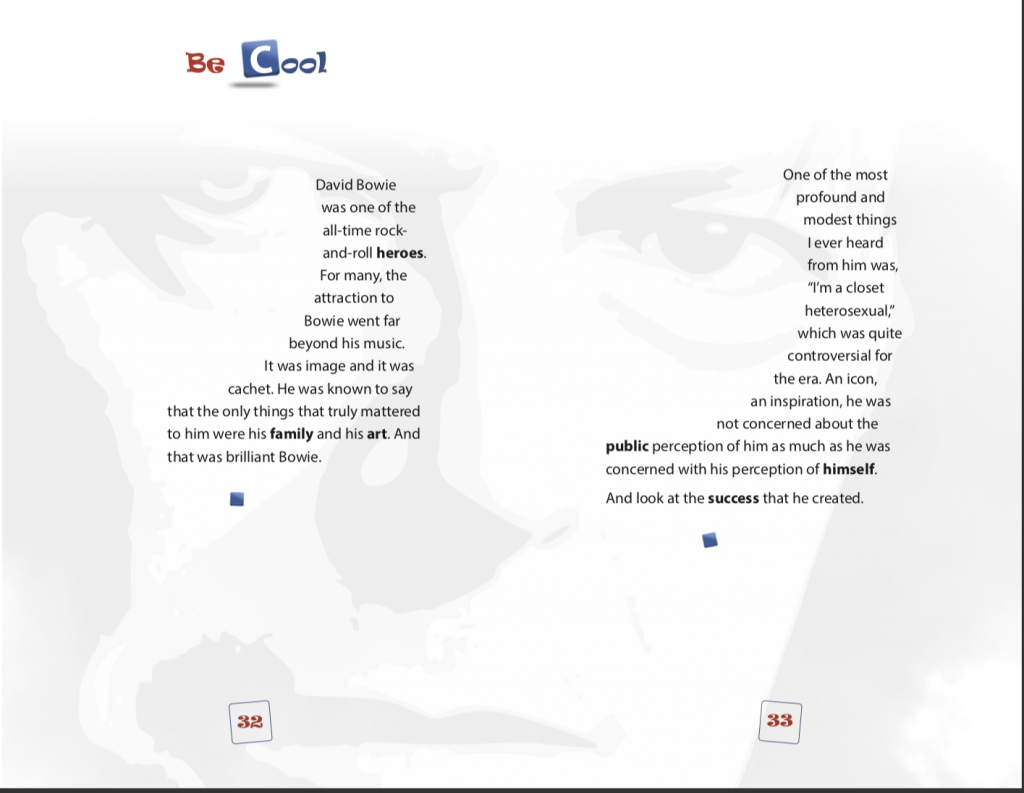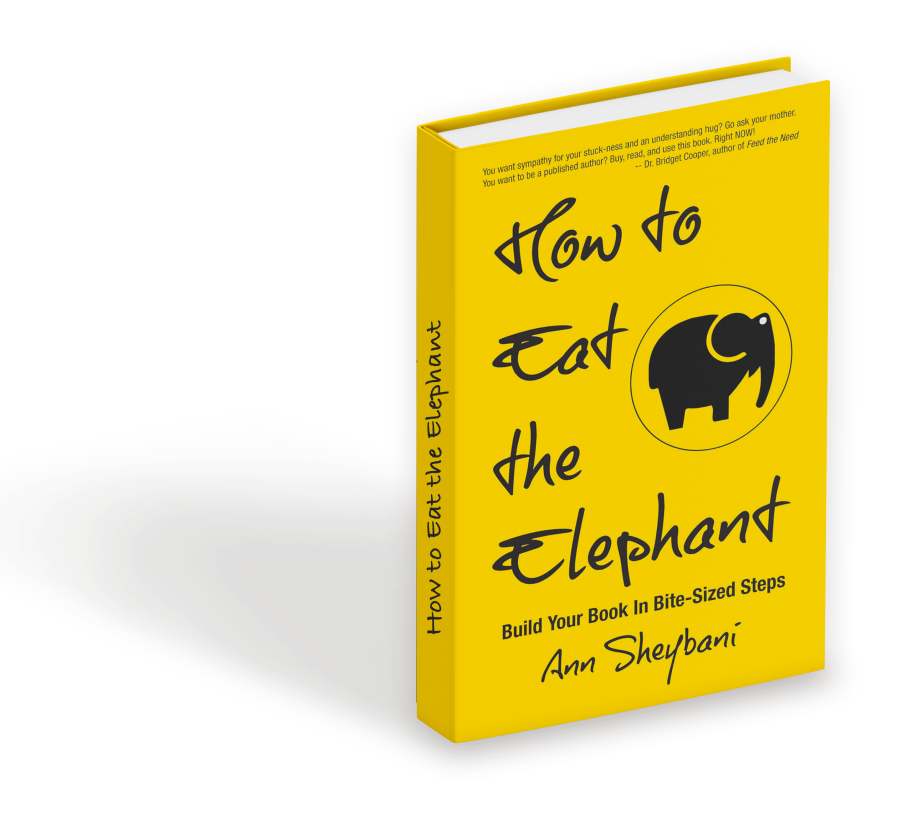Here’s a question I got in response to a short survey I issued in preparation for my free masterclass. (You want to know what your audience wants? Ask them.)
Now, there’s only so much you can pack into a masterclass and not drive everyone to drink, so I thought I’d take the opportunity to address one (two, actually, from the same person) of them here.
- Is it best to use a template when writing an e-book?
- What is the best and most economical way to print some copies of the book as a give away when speaking at an event?
I’m going to speak about templates for e-books AND paperbacks because, if you want an economical way to print copies of your book, you’re going to want to create a paperback version of said book. Once you’ve created one version, be it an e-book or a paperback, the other one can be created without much additional effort.
If you’ve got a 200-page book (black and white), the cost per paperback is about $3.00 on Amazon’s KDP. (100 books for a speaking gig X $3.00/paperback + $40/delivery-ish= $340)
Let me take 10 steps back, back when you first had a completed manuscript in your sweaty little hands. Are you with us in that lovely moment?
Now, assuming you don’t have a book contract with either a traditional publishing house, or a partnership press, self-publishing that manuscript is now your official job.
There are a number of popular self-publishing platforms out there—Createspace (now, more or less, Amazon KDP), Ingramspark, Bookbaby, Lulu, and so on. And each of these platforms will walk you through—with video and written tutorials–the book design and manuscript uploading process.
The first tools they introduce to you are the available book cover templates and the interior templates.
Templates are exactly what you think they are. A paint-by-numbers, drop your stuff into the slots, and have it come out looking like so thang.
The chosen book cover template usually gives you a choice of images you can use, and title/subtitle fonts. And they look pretty much like run-of-the-mill, cookie cutter covers, the kind that scream self-published, but, hey, they’ll do the job.
The interior templates—what the chapters and pages look like—serve a similar purpose. Drop your chapter into this box, and it will sit on the page like this.
Things like chapter headers, where page numbers sit, any kind of scrolly doo-dads near the chapter title or at the chapter close, are just a fews of the features one would examine when choosing a template. Again, there’s a particular look to free interior templates. I’ve seen some that look pretty good, and some that look downright embarrassing.
(Mind you, templates make the formatting job easier, but there’s still a learning curve that usually requires one to utilize the customer service resources, often times at a charge.)
You’ll also find more professional interior templates (as well as cover templates) out on the Internet that come at a cost. Joel Friedlander https://www.bookdesigntemplates.comis a template developer that shows up in my inbox each and every week. Some of his stuff looks pretty good, but I’ve never worked with it, so I don’t really know. The cost of these templates vary depending on their sophistication. I’d expect most of them to cost somewhere in the $100 range.
So, where do I stand on the whole template question, now that I’ve explained what they are?
In short: I’m not wild about them. They tend to make a book look paint-by-numbery. They smack of amateur self-publishing job most of the time.
If you’re looking to write a book on the cheap, then they sure beat trying to upload an unformatted word doc onto one of these platforms and creating an absolute mess. (I’ve seen people who’ve done this and it makes my heart shrivel.)
What’s the other option?
Hiring a book cover designer and an interior designer.
Focusing on your book interior just for the moment, an interior designer will make your book look totally unique and polished. He or she will make the chapters sit right on the page—which takes some fiddling—add features that aren’t particularly easy to add yourself. Boxed-off exercises, graphs and drawings, images from your personal photo album. They may add clever little icons that bounce off the topic of your book. (Little high heel icons were placed in chapter headers for High Heels in The Laundry Room, just as an example.) These small details look really sharp.
Hiring an interior designer is particularly important if you’ve written a very spare book. A quote book for instance, one of those 365 ways/100 tips sorts of books that are composed of a few paragraphs per page, a workbook, or a picture book like Grumpy Cat.
The simplicity of the material, meaning this is not a story-driven narrative we’re dealing with, requires some serious design work to make the material jump off the page. To capture the reader’s attention and respect.
Let me give you a visual.
Summit Press Publishers recently published what I call a nugget book. It’s sort of a cross between a quote book and a 365 ways/100 tips book–one simple idea that speaks to the topic per page.
Now, when the author, Michael Mackniak brought the book Character: Become the Person Your Social Media Friends Already Think You Are to our doorsteps, we recognized that to make his brilliant little lessons come alive, they were going to need to sit on the page just so. The design was going to need to do some really heavy lifting.
Lifting, I might add, that can’t be done with a template.
And the interior ended up being a real work of art. We’re really proud of what we’ve all accomplished. (And no, I won’t give you the name of my interior designer because he’s like one of those babysitters you want to keep to yourself.)

Where do you find one of these fabulous creatures, an interior designer? You start by asking around—like a book, ask the author who designed it—or check out upwork.com. Plug in the keyword “book interior designer” and see who comes up. Check out their portfolios; compare pries.
For a good interior design, I’d expect to pay anywhere from $200 to upwards of 2 or 3k depending on the length of your manuscript and the intricacy of the design. (By the way, this usually covers the e-version of the book and the paperback version. The two are different. It takes some real skill and time to make something like Character look this good in the e-version.)
Sure, free looks great in comparison, but after you’ve invested all that time and energy into writing a book that matters, one that’s going to get you what you want, I wouldn’t think of skimping and using a free template. Or any template for that matter.
My two cents.


